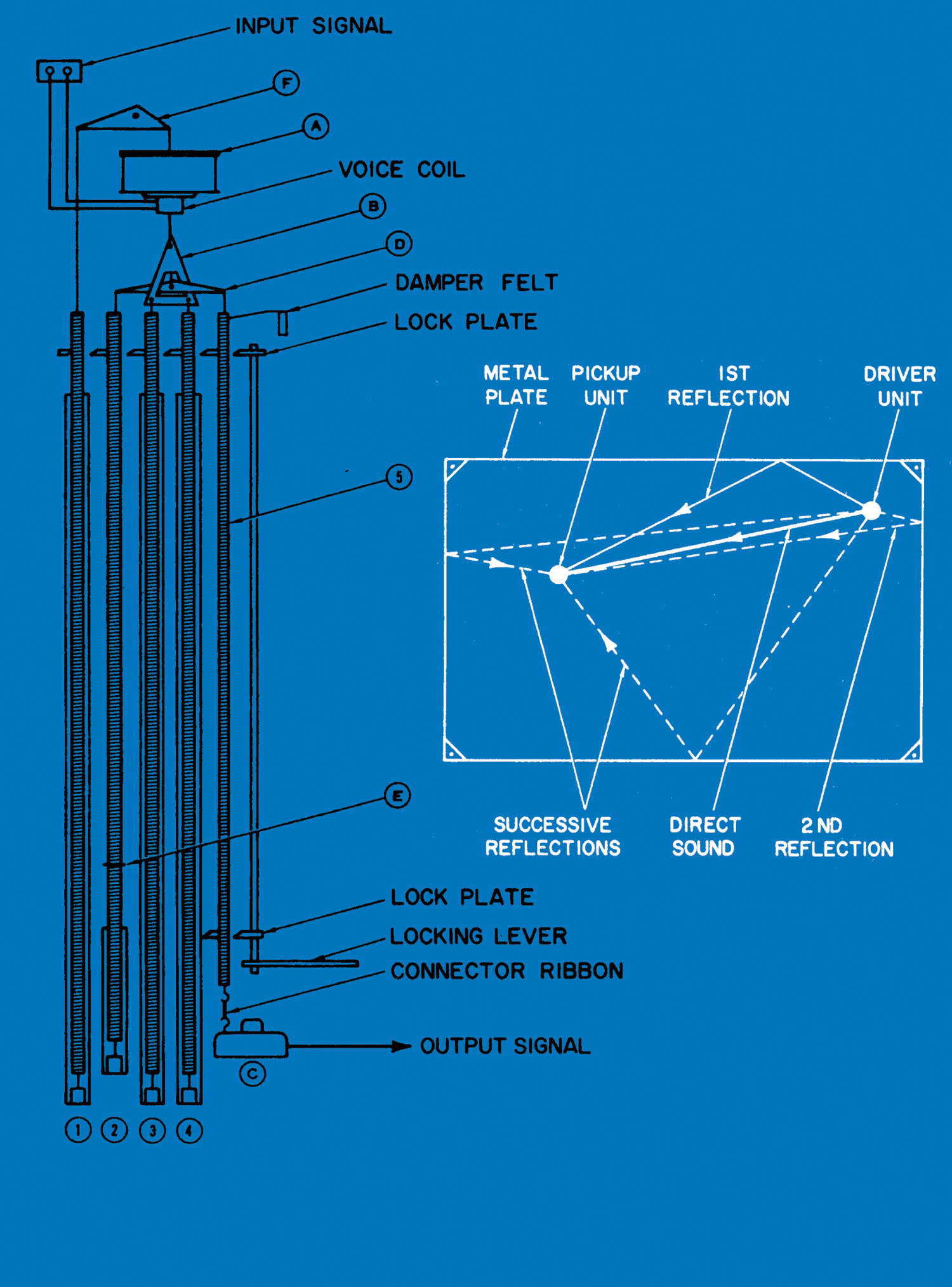Recorded at the Carmel, California, Sunset Center with a single Altec mic onto an Ampex 600 full-track tape deck on September 16, 1955, this concert became one of the best sellers in the Columbia jazz catalog. The recording was not ordered or planned by the record company. Sound contractor Jim Meagher and Armed Forces Radio host Will Thornbury happened to run tape all night, with Thornbury's likely intent to get some concert sound to go with an interview with the band, which he conducted after the show. And what a show it turned out to be: pianist Garner, bassist Eddie Calhoun, and drummer Denzil DaCosta Best lit up the joint, feeding off the enthusiastic audience response. Later on Garner's manager, Martha Glaser, found out about the recording and took possession of the tapes. She struck a deal with Columbia's George Avakian to release an edited version of the concert. It quickly became a hit and has remained in print since its original LP release. For three generations, Avakian's production was the version fans heard. The release media was made from a "cutting master" dub, and the whole thing sounded like an amateur recording, about on par with a very good 1940's radio transcription. Indeed, a spectrum graph shows that the Avakian master — both as played from the original Columbia LP and from the 1987 CD reissue — contains nothing above around 5 kHz. It's possible that there was a sharp rolloff to eliminate tape hiss during the dub, but the end result is that the upper harmonics of the piano don't exist, and the cymbals and brush-snare drums are barely audible.
This deluxe three CD issue goes back a generation, to the unedited "work tapes" that Avakian used. Co-producer, and The Magic Shop studio owner, Steve Rosenthal found the reels mislabeled in the Sony/Columbia vault. In addition to going back a tape generation, Rosenthal chose to employ a Plangent Process transfer and time-alignment, with further restoration and mastering by (Tape Op contributor) Jessica Thompson. The result is much improved overall fidelity, slightly more top end (extended out to about 7 kHz now, with brush strokes more audible), and a firmer bottom end, without adding too much boom. The entire band sounds about 20-feet closer to the listener, but with the same balance between instruments. It turns out this was a very good single-mic recording, and the Plangent time-alignment completely stabilized the formerly wow and flutter plagued piano sound. Discs 1 and 2 are the complete concert, in original running order, including some hip commentary by concert producer and emcee Jimmy Lyons. Disc 3 is the original album sequence, but made from the new transfers rather than the old "cutting master," and is followed by Thornbury's interviews with Garner and the band. As has always been the case with this album, it is a great way for a "jazz-curious" listener to check out the genre. Some reviewers have called it a "pop crossover" album, but Garner was definitely schooled and skilled in pure jazz playing and improvisation. What people have liked about this album for 60 years is its accessibility; Garner's joyful playing and the band's swinging accompaniment come through, simply and clearly. The uncluttered sound works in the primitive recording, and the result is a music-centric experience that probably sounds and feels much like most seats did in the audience that night. It is well worthy of the Grammy nomination it recently received.




_disp_horizontal_bw.jpg)